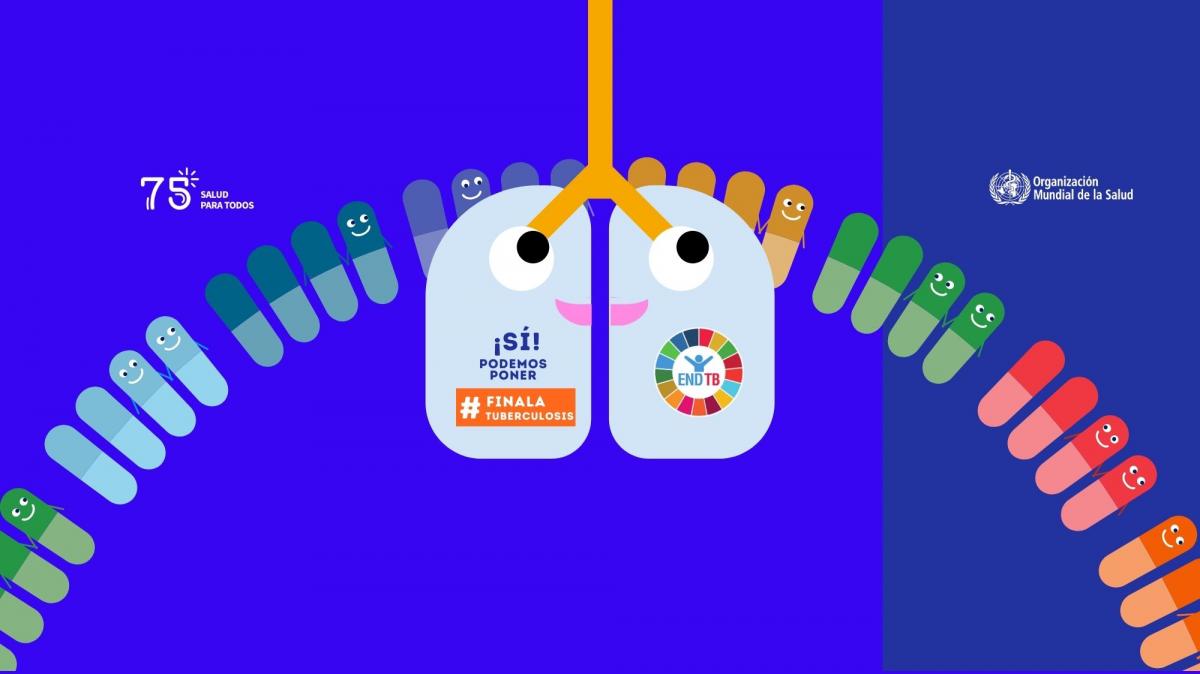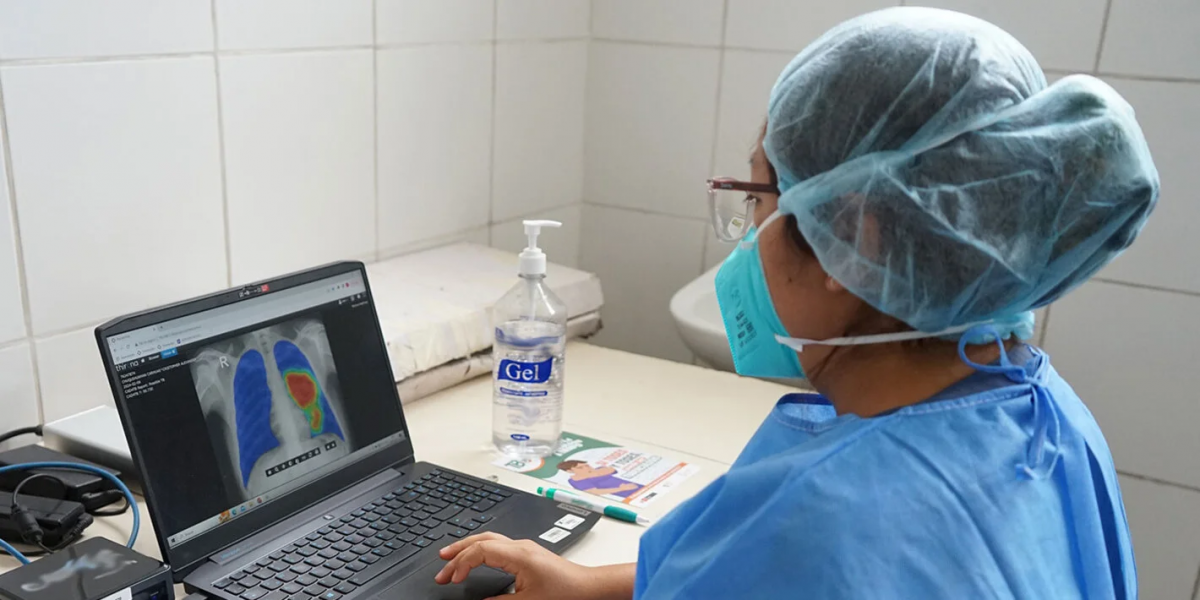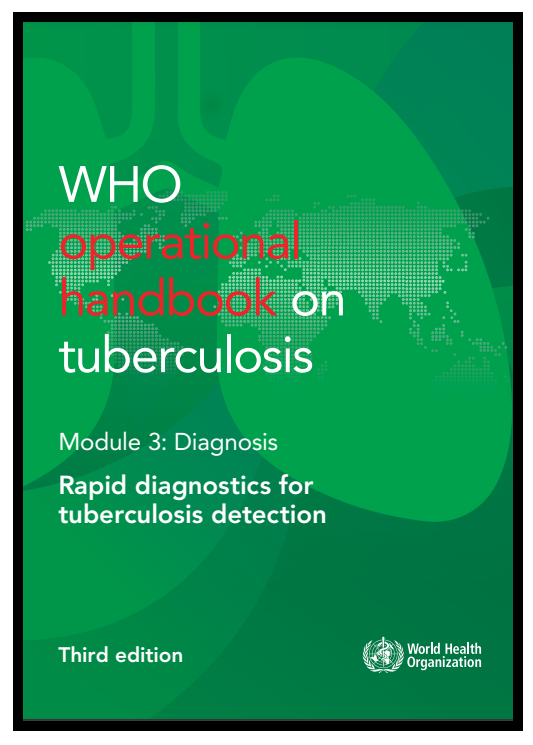PAHO urges adoption of innovative technologies and treatments to eliminate tuberculosis

On the eve of World Tuberculosis Day (24 March), the Pan American Health Organization (PAHO) is calling countries to intensify the fight against this preventable and curable disease. Tuberculosis, or TB, is the leading cause of death from a single infectious agent worldwide, surpassed only by COVID-19.
In the Americas, about 325,000 people fell ill from TB in 2023 and 35,000 died from the disease, according to the World Health Organization's (WHO) Global Tuberculosis Report. These figures represent an increase of 14% and 41%, respectively, compared to 2015, a surge exacerbated by the pandemic. In addition, an estimated 83,000 people went undiagnosed and untreated for TB.
"It is time to redouble efforts and work toward a future where TB is no longer a public health threat," PAHO Director Dr. Jarbas Barbosa said. “Countries in the Americas have committed to TB elimination and we have new technologies and strategies that could bring us closer to realizing this vision," he stressed.
Among the advancements that can help countries eliminate tuberculosis by 2030, Dr. Barbosa highlighted AI-assisted radiography for active case finding within communities, rapid molecular tests to detect the disease at the primary healthcare level and oral and shorter treatments.

In addition, the PAHO Director stressed the importance of increasing investment, multisectoral collaboration, and adoption of latest WHO recommendations to reverse the trend of increasing TB cases.
The burden of tuberculosis varies significantly among countries in the region. In 2022, while three countries recorded a high incidence of tuberculosis – with over 100 cases per 100,000 population – 14 countries and territories managed to reduce TB incidence to low levels, especially in the Caribbean region, and some are close to reach the threshold for disease elimination.
"Despite the strong impact of the pandemic and the significant heterogeneity in incidence, the Americas are uniquely positioned to become the first region in the world to eliminate TB," Dr. Sylvain Aldighieri, Director of PAHO's Department for the Prevention, Control and Elimination of Communicable Diseases, said. Aldighieri stressed that the Organization's Disease Elimination Initiative, which was relaunched in September 2023 and addresses TB, is central to achieving this goal.
PAHO works in partnership with countries in the Americas to end TB and ensure equitable access to prevention, diagnosis and treatment services.
To mark World Tuberculosis Day, PAHO will hold a high-level event on 25 March at 10:30 AM, Washington, DC time, where leaders, representatives from civil society, and health experts from the region will discuss opportunities and challenges towards TB elimination in the Americas.
WHO launches new guidance on the use of targeted next-generation sequencing tests for the diagnosis of drug-resistant TB and a new sequencing portal

The World Health Organization (WHO) has just published recommendations on the use of a new class of diagnostic technologies: targeted next-generation sequencing (NGS) tests for the diagnosis of drug-resistant tuberculosis (TB) in the third edition of the Consolidated guidelines on tuberculosis. Module 3: Diagnosis. Rapid diagnostics for tuberculosis detection. The recommendations provide a novel approach for the rapid detection of drug resistance to new anti-TB drugs using the latest technologies.
“The diagnostic options for people with drug-resistant TB are increasing thanks to manufacturer engagement and research, generating new evidence. Ensuring that everyone in need can obtain a rapid and accurate diagnosis with the latest state-of-the-art technologies, will advance efforts at preventing and finally ending TB,” said Dr Tereza Kasaeva, Director of WHO’s Global TB Programme.
The guidelines are accompanied by a WHO operational handbook, which provides laboratory personnel, clinicians and other clinical staff, as well as ministries of health and technical partners, detailed guidance on implementing the evidence-based recommendations, including recent updates on targeted NGS tests. It describes the WHO-recommended tests for the rapid bacteriological diagnosis of TB disease, including procedures for the tests, model algorithms, and the steps and processes required to implement and scale up new tests to diagnose TB and detect resistance to anti-TB drugs.
To accompany the new guidance, WHO has also launched a new TB sequencing portal with more than 56,000 sequences. The portal, developed in partnership with FIND and Unitaid, represents the most advanced sequencing and phenotyping knowledgebase for Mycobacterium tuberculosis. The portal includes a dashboard visualising the data used in the WHO mutation catalogue published in November 2023. A search function assists the user to visualize mutation frequencies and their association with drug resistance. The portal allows users to download summary data and upload new data. Newly uploaded sequences with matching phenotypic drug susceptibility results undergo automatic processing and analysis. As a result the portal is automatically updated as new data is uploaded. The WHO TB sequencing portal will greatly contribute to our collective understanding of mutations in the Mycobacterium tuberculosis genome and their association with drug resistance.



